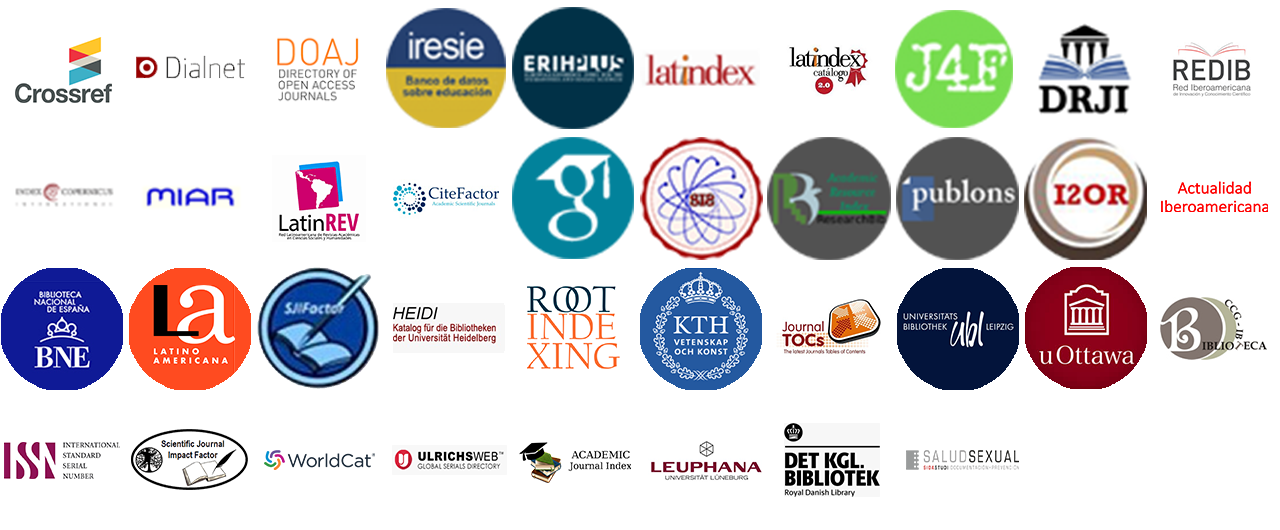Diagnosis of infertility using deep learning techniques: a promising approach in reproductive medicine
DOI:
https://doi.org/10.36825/RITI.11.23.006Keywords:
Infertility, Decision Trees, Data Analysis, Data Mining, Confusion MatrixAbstract
The decrease in the worldwide fertility rate is a concern due to the potential risk of an aging population and demographic imbalances. Male infertility is a matter of interest to public health officials and researchers, as there has been a decrease in sperm count and motility caused by lifestyle habits, diseases, and accidents. The identification of risk factors in male infertility is not common in medicine, however, researchers are developing artificial intelligence techniques to identify these risk factors. This article focuses on data analysis through data mining, using the Fertility database, which contains information from 100 volunteers. The technique chosen for data analysis was decision trees, implemented in MATLAB. The original database had 9 attributes and was reduced to 5 for the classification model. During the second stage, cross-training and evaluation produced a model accuracy of 83.3% and a training time of 1.8774 seconds. In the last stage, a test with 10% of the samples obtained 80% accuracy. The model produced a True Positive Rate of 94.9% for class N and a False Negative Rate of 100% for class O.
References
Mundial BIRF AIF. (2020). Tasa de fertilidad, total (nacimientos por cada mujer). DataBank. https://datos.bancomundial.org/indicator/SP.DYN.TFRT.IN
World Health Organization. (2020). Infertility. https://www.who.int/news-room/fact-sheets/detail/infertility
Criado, M. A. (2022). La calidad del esperma de los humanos ha bajado a la mitad en el último medio siglo. El País. https://elpais.com/ciencia/2022-11-15/la-calidad-del-esperma-de-los-humanos-ha-bajado-a-la-mitad-en-el-ultimo-medio-siglo.html
Castrillón, O. D., Arango, J. A., Castillo, L. F. (2022). Análisis de la fertilidad por medio de técnicas de minería datos. Información tecnológica, 33 (3), 203-212. https://dx.doi.org/10.4067/S0718-07642022000300203
Velilla-Hernández, E., Velilla-Hernández, P. A, Cardona-Maya, W. (2013). Aproximación al desempeño operativo de un modelo de redes neuronales en el diagnóstico de la infertilidad masculina. Revista Colombiana de Obstetricia y Ginecología, 64 (3), 222-228. https://doi.org/10.18597/rcog.103
Causa-Andrieu, P., Couture, J. M., Benítez-Mendes, A. C., Napoli, N., Chacón, C. R. B., Ulla, M. (2017). Infertilidad en la mujer: importancia del análisis combinado de los métodos por imágenes. Reporte de casos. Ginecología y obstetricia de México, 85 (12), 846-852. https://doi.org/10.24245/gom.v85i12.1442
Mendoza, F., De la Hoz Manotas, A., Ariza, P. Sepulveda Ojeda, J. Melo, M. (2016). Fertility Analysis Method Based on Supervised and Unsupervised Data Mining Techniques. International Journal of Applied Engineering, 11 (21), 10374-10379.
Milewska, A., Jankowska, D., Cwalina, U., Citko, D., Więsak, T., Acacio,B., Milewski, R.(2017).Prediction of Infertility Treatment Outcomes Using Classification Trees. Studies in Logic, Grammar and Rhetoric, 47 (1), 7-19. https://doi.org/10.1515/slgr-2016-0043
Solarte Martínez, G. R., Soto Mejía, J. A. (2011). Arboles de decisiones en el diagnóstico de enfermedades cardiovasculares. Scientia Et Technica, 16 (49), 104-109.
Pérez López, C., Santin González, D. (2007). Minería de datos. Técnicas y herramientas: técnicas y herramientas. Ediciones Paraninfo, S. A.
Gil, D., Girela, J. L., De Juan, J., Gomez-Torres, J. J., Johnsson, M. (2012). Predicting seminal quality with artificial intelligence methods. Expert Systems with Applications, 39 (16), 12564-12573. https://doi.org/10.1016/j.eswa.2012.05.028
del Castillo Collazo, N. (2020). Incidencia en el pronóstico al aplicar reducción de variables. Un ejemplo práctico. Revista de Investigación en Tecnologías de la Información (RITI), 8 (15), 50–69. https://doi.org/10.36825/RITI.08.15.006
Corrales Gasca, P. J., Razo Granados, J. A., Violante Hernández, M. Á., Rodríguez Hernández, I. J., Ramírez Soto, R. (2015). Métodos de clasificación: Análisis de fertilidad. Pistas Educativas, 35 (111), 43-57.
Hernández Figueroa, L. J., Serna Manríquez, A., Gómez Melesio, J. A., Hurtado Mendoza, J. G., Ramírez Pérez, N. V. (2015). Análisis de métodos de clasificación para el diagnóstico de fertilidad. Pistas Educativas, 36 (114), 243-259. https://pistaseducativas.celaya.tecnm.mx/index.php/pistas/article/view/301
MathWorks. (2021). MATLAB. https://www.mathworks.com/products/matlab.html
Quinlan, J. R. (1986). Induction of decision trees. Machine learning, 1 (1), 81-106. https://doi.org/10.1007/BF00116251
Lewis, R. J. (2000). An Introduction to Classification and Regression Tree (CART) Analysis. Annual Meeting of the Society for Academic Emergency Medicine. San Francisco, California.
Chollet,F. (2018). Deep learning with Python. Manning Publications.
Powers, D. M. W. (2011). Evaluation: from precision, recall and F-measure to ROC, informedness, markedness & correlation. Journal of Machine Learning Technologies, 2 (1), 37-63. https://doi.org/10.48550/arXiv.2010.16061
Downloads
Published
How to Cite
Issue
Section
License
Copyright (c) 2023 Revista de Investigación en Tecnologías de la Información

This work is licensed under a Creative Commons Attribution-NonCommercial 4.0 International License.
Esta revista proporciona un acceso abierto a su contenido, basado en el principio de que ofrecer al público un acceso libre a las investigaciones ayuda a un mayor intercambio global del conocimiento.
El texto publicado en la Revista de Investigación en Tecnologías de la Información (RITI) se distribuye bajo la licencia Creative Commons (CC BY-NC
 ), que permite a terceros utilizar lo publicado citando a los autores del trabajo y a RITI, pero sin hacer uso del material con propósitos comerciales.
), que permite a terceros utilizar lo publicado citando a los autores del trabajo y a RITI, pero sin hacer uso del material con propósitos comerciales.



